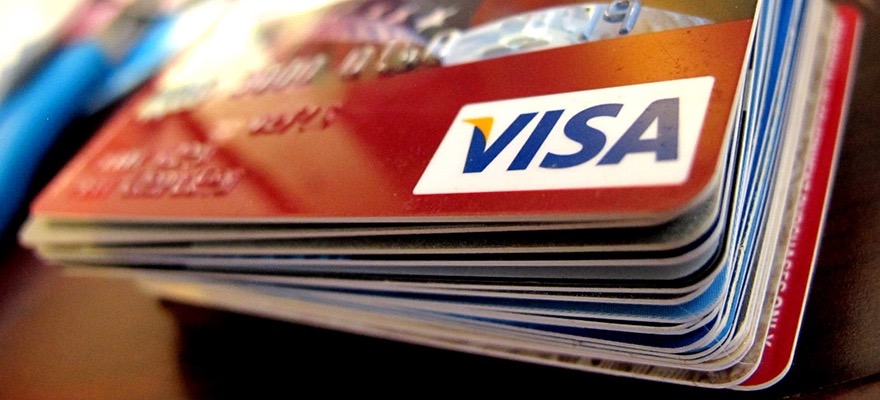Having a limited budget has been a timeless constraint for many and the digital shift has just right the way of tackling it: Buy Now, Pay Later (commonly referred to by its acronym BNPL).
As of now, even good old brick-and-mortar shops have shifted into these models which allow their customers to pay over time.
BNPL is expected to see a meteoric rise in the years to follow following Apple, giants like Amazon, Google, Mastercard, Visa, and PayPal have thrown their hats into the ring.
What Is Buy Now, Pay Later?
To put it simply, BNPL is considered a short-term method of financing customers who wish to purchase goods or services and pay for them later.
It works much like a point-of-sale micro-loan that can be offered online and offline.
It often incurs with little to no interest which makes it appealing to many.
Buy Now, Pay Later operates on the basis of point-of-sale installment loans and has become a prevalent method of payment for online shoppers.
How Does BNPL Differ from Using a Credit Card?

The principle is the same: whoever resorts to BNPL can purchase products or services and pay for them in monthly installments.
As happened with many recent tech developments, the digital BNPL market was spearheaded by fintechs.
Banks were apprehensive at first but quickly came to notice how BNPL and credit cards can be complementary to one another.
In fact, banks saw the opportunity of using BNPL as an entry point for clients who were reluctant to use a credit card. This is one of the many reasons we now see banks and fintechs partner up.
BNPL’s seamless onboarding is key in the process but its lack of scrutiny when compared to a credit card still leaves many on the back foot.
How Does Buy Now, Pay Later Work?
First and foremost, terms of service will vary depending on which fintech is operating the BNPL loan.
In general terms, the BNPL might require a down payment which is a fraction of the purchase price. Occasionally, some companies will still operate BNPL with zero down payments from the client.
Whichever remaining balance is left must be later repaid in interest-free payments with a set payback time frame.
They can be paid via bank transfer or debited from a savings account. It might also be possible to resort to debit and credit cards to repay them.
Naturally, the individual using the Buy Now, Pay Later method must have full disclosure of how much he or she will be paying, and when and how often it will happen.
Are There Any Restrictions to BNPL?
Yes. One may be met with other restrictions which can vary on account of the BNPL provider's terms, on how much capital the individual is trying to access on his or her credit score, and on the nature of what the user is trying to buy (as some types of goods might be restricted from purchase).
How Can I Know If I Am Eligible for Buy Now, Pay Later?
Approval is deliberated usually after a soft credit check, meaning that providers are likely to check the user’s credit score before actually committing.
Will Buy Now, Pay Later Affect My Credit Score?
As of right now, no. BNPL might begin to make its appearance on credit reports, however, at least initially, it won’t be factored in.
How Do Fintechs Make Money with BNPL Transactions?
The fintech which is providing the BNPL service will act as a lender, meaning that at the time of the transaction, the merchant is compensated by them.
By taking on the responsibility of acting as a payment processor and simultaneously being the lender, fintechs which provide BNPL are willing to accept the risk of non-repayment.
By doing so, fintechs will charge merchants a fee as means of compensation for the underlying risk. The fee can usually vary between 2% and 8% but the main takeway is that fintechs will pocket the differential between what was paid and what was recovered throughout the BNPL established timeframe + fee.
What Are the Benefits of Buy Now, Pay Later?
Both customers and merchants see benefits from resorting to BNPL. Customers get the chance of purchasing a product or service which they might not have enough money to purchase at the time.
Moreover, BNPL is much easier to sign up for than a credit card and they can also manage their repayments.
As for merchants, onboarding is also easier which is why BNPL is seen as a major contributor to reduced friction in payments.
In fact, diversifying their payment methods is much appreciated by customers as it gives them an enhanced purchase experience, meaning it might also lead to increased conversion rates and, due to the nature of BNPL, a higher average value of transactions.
Lastly, BNPL can lead to repeat purchases as a direct consequence of a positive shopping experience.
Last Words
There is no getting around BNPL. However, the system is still lacking the necessary rigor and scrutiny. Given the softer credit checks, BNPL found its way into the younger generations or those who have struggled with credit issues before.
As countries draw up a regulatory framework, time will tell us about the future of BNPL.
It is certainly a fairly more flexible option for consumers, but as big tech enters the scene the one thing which BNPL might kill are fintechs whose revenue model proves to be unsustainable.




















